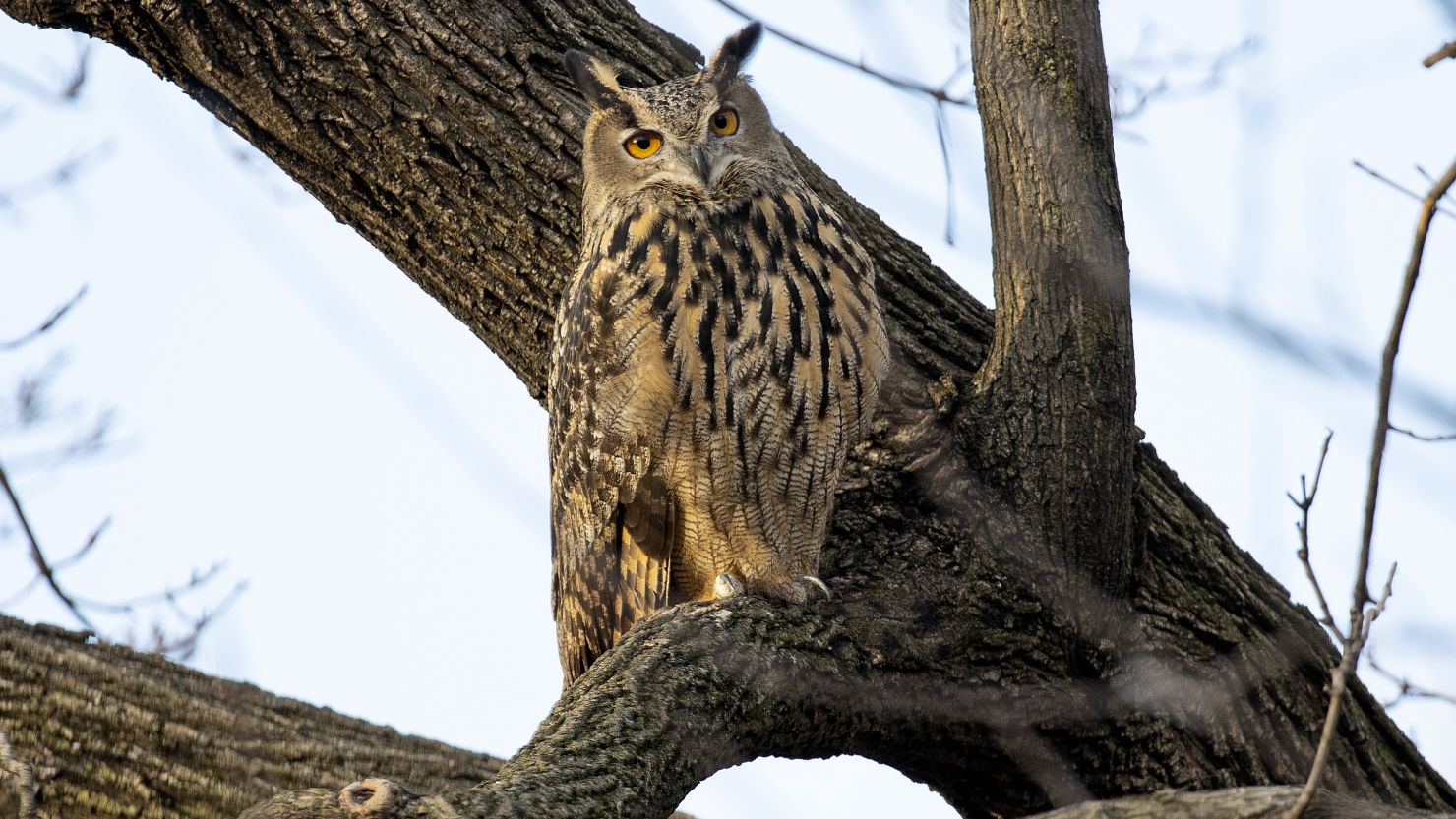
In Short
- Owl protection and wildlife conservation are critical endeavors undertaken by conservation organizations and birdwatching enthusiasts.
- The decline in owl populations highlights the urgent need for habitat preservation.
- Collaborative efforts aim to combat threats such as habitat loss, pesticides, and collisions, ensuring a sustainable future for bird species and their ecosystems.
TFD – Embark on a journey with conservation organizations and birdwatching enthusiasts as they strive to protect wildlife habitats and conserve bird species, focusing on the unique challenges and importance of owl protection. Join the movement to preserve nature’s wonders and make a difference in the world of wildlife conservation.
The suffering of Flaco, the Eurasian eagle-owl who fled from the Central Park Zoo in New York last year, demonstrated how difficult it is to exist in an environment that has been changed by humans.
With his tufted ears, piercing orange eyes, and six-foot wing span, the stunning creature enthralled everyone as he soars across Manhattan. Every time Flaco was spotted flying, landing, and capturing prey, his admirers shared information on social media, igniting a passionate relationship.
However, it ended there. Following a year of evasion, Flaco met his demise when he crashed into a Manhattan skyscraper. Emojis with tears were all over social media. The responses were almost disproportionate, but being in tune with nature has that effect on people. We felt like we had gotten to know Flaco. He had also consumed a potentially fatal amount of rat poison, according to a necropsy.
Falling in love with birds: the reason humans are drawn to owls
The focus on Flaco’s life and demise is not unusual. People who had never taken an interest in the wildlife in their own backyards started to pay attention during the outbreak.
In the US, owl popularity has increased in tandem with the rise in birdwatching activity among Americans. According to a US Fish and Wildlife Service survey, 96 million Americans regularly watch or take pictures of birds in parks or their own backyards. That is twice as much birdwatching as there was eight years ago.
But there’s something particularly special about owls people seem to appreciate.
“Perhaps it’s because they resemble us,” Denver Holt of the Owl Research Institute speculates.
“They have a large head; their mouth, nose, and eyes are symmetrical,” remarks Holt. “We are drawn to creatures with large, round eyes.”
According to Holt, owls are among the most well-known animal species worldwide. They have been like this from the beginning of time. Owls have been etched onto the cave walls in the French cave system.
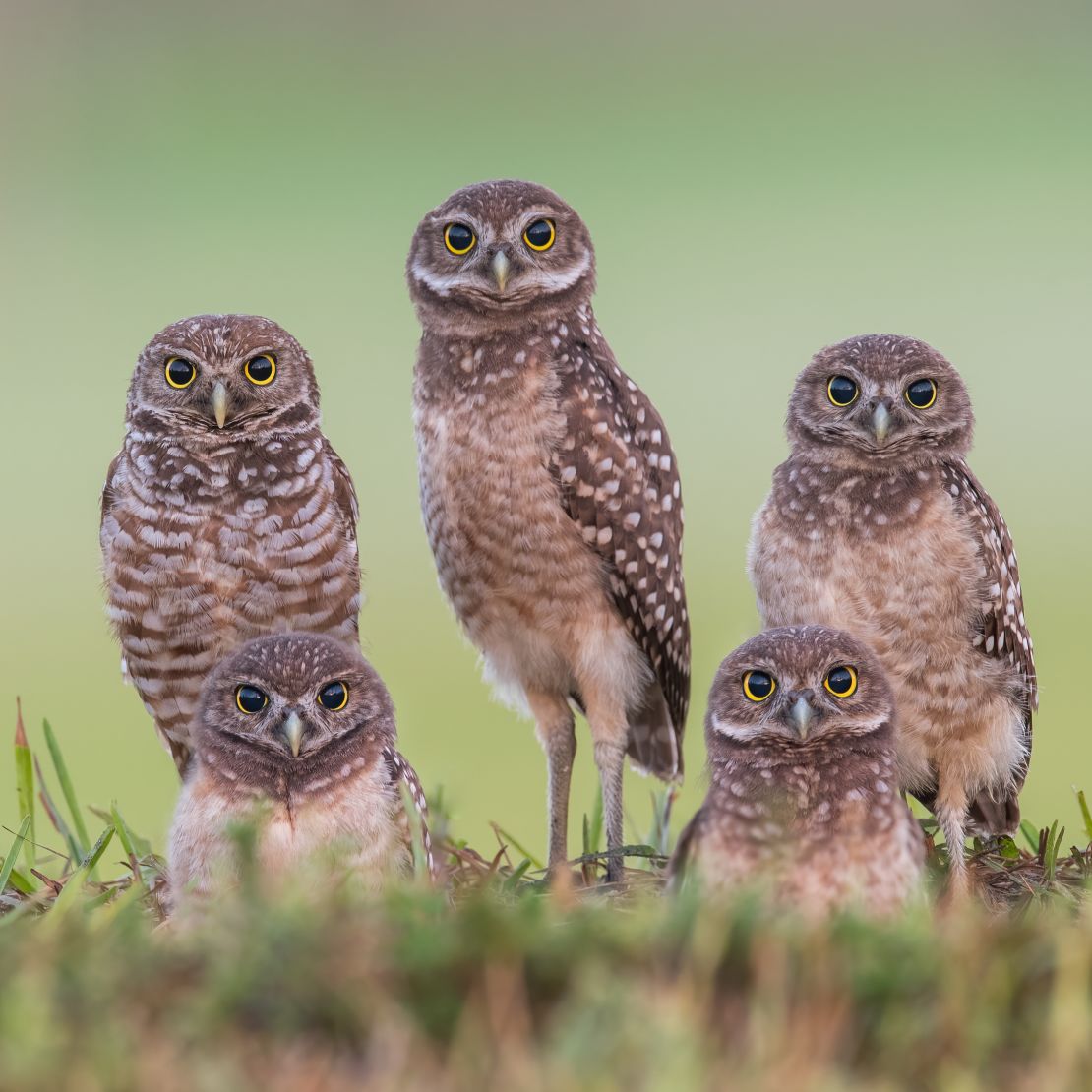
He adds that they also produce these awesome noises, like hooting, tooting, and trilling. They devour an average of six mice or rats a night, he claims, which helps humans deal with pests. They’re also quite lovely.
According to David Wiedenfeld, Senior Conservation Scientist with the American Bird Conservancy, “it’s fascinating how these birds can hunt in the dark—their vision is amazing at night.” These birds frequently have bright yellow eyes.
According to Wiedenfeld, “their feather patterns are extremely intricate.” Compared to many other birds, owls have unique feathers that are softer. They can surprise their victims because they hardly make any noise when in flight.
Owls’ habitat is disappearing, but hope is not lost.
According to Wiedenfeld, several owl species are unfortunately diminishing, with some being extremely threatened.
More than half of the 19 owl species that can be found in the US are experiencing population declines; this is a trend that affects all birds. According to the American Bird Conservancy, the main causes are pesticides that kill owl-dependent insects and rodents, crashes (particularly during migrations), and habitat loss brought on by climate change and human land usage.
According to Wiedenfeld, “We have to start making sure we keep the habitat for the owl.”
According to the American Bird Conservancy, one of the main causes of the sharp decline in spotted owl populations is the disappearance of old-growth forests in the US and Canada due to the high value of lumber.
The area where the little burrowing owl nests in underground burrows is becoming less open grasslands.
In Florida, the Burrowing Owl is no longer as common as it once was.
Wiedenfeld tells TFD that “Florida is largely turning into condominiums.”
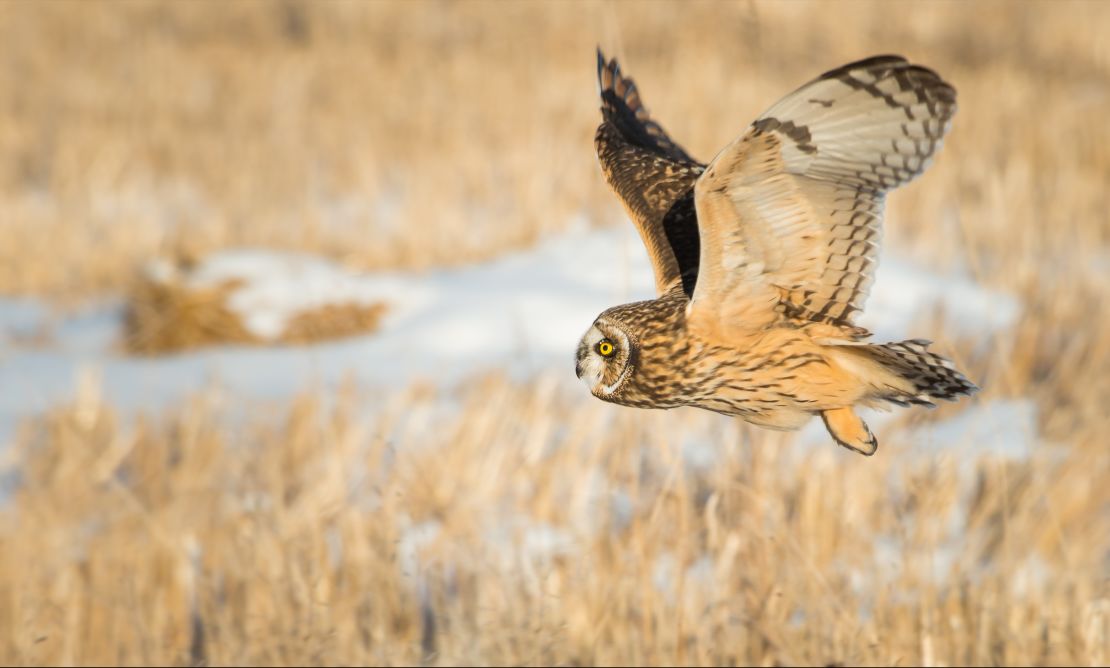
The short-eared owl, whose population has declined by an estimated 65% since 1970, has also been negatively impacted by the absence of open grassland, according to the Audubon Society. “Corn, soybeans, and wheat are grown on a lot of that grassland,” explains Wiedenfeld. Farmers and the American Bird Conservancy are collaborating to reserve some untouched area for wildlife.
The wintertime owl
Over the years, snowy owl sightings have drawn crowds of people who had never birdwatched before, according to owl researcher Holt. But their future is bleak as well.
The State of the Birds 2022 report states that in the last 50 years, the snowy owl population has decreased by half. For over thirty years, Holt has been monitoring them in Montana and their breeding areas in Canada.
He and the other field researchers found no nests the previous year. It is disheartening. Each year you go up with hopes the lemming population is high (their food source) and Snowy Owls will make a rebound. When you get there, nests are simply not there.
Although owl scientists are unsure of the precise cause of the Snowy Owl’s decrease, the American Bird Conservancy believes that collisions with cars, communications towers, wind turbines, and airplanes, in addition to their prey, are undoubtedly being impacted by climate change.
There are seven things you can do to protect owls.
1. Preserve big, ancient trees
According to Wiedenfeld, leaving trees is the most significant thing individuals can do for most owl species.
The majority of owls use tree holes, which are often located in older trees, for their roosts. Many will use large woodpecker holes or a hollow where a branch has come off, such as screech owls. Instead of using holes, great horned owls construct their massive nests in trees.
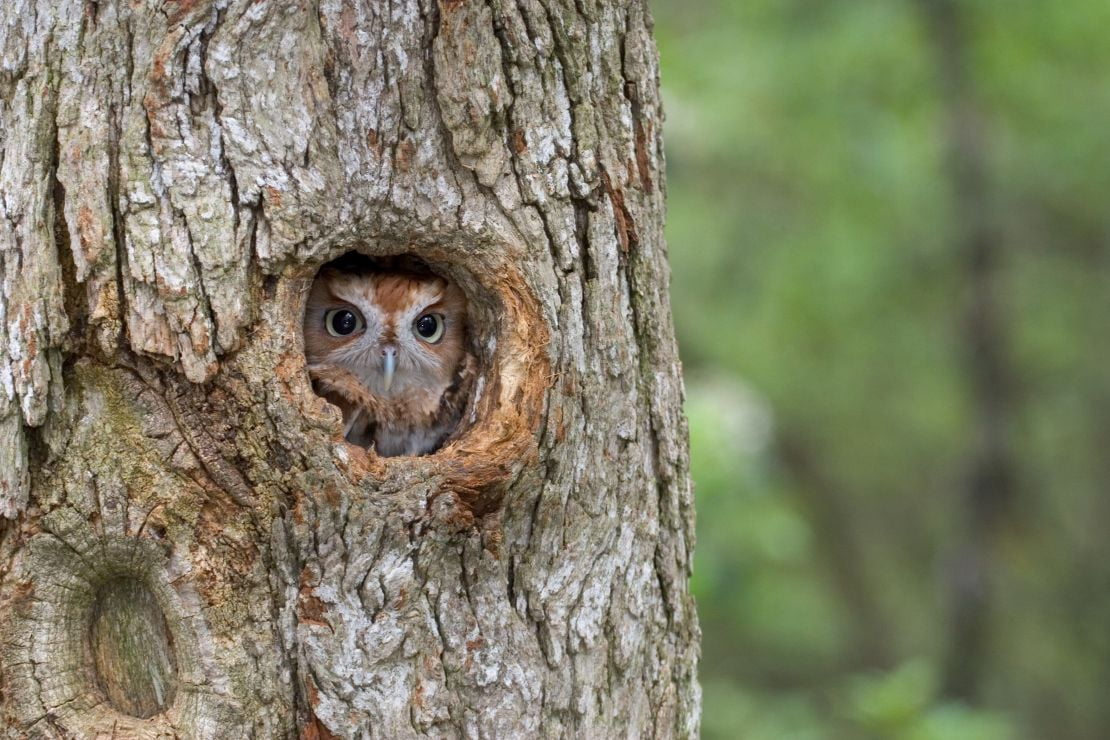
Many suburbanites find it difficult to part with elderly trees. They fear that they will fall,” Wiedenfeld says. “But leave them to have tree cavities if you live somewhere you don’t have to worry about buildings or safety.”
According to Holt, “there are a lot of reasons why people take snags down.” “They often overlook the fact that they are vital to wildlife.”
2. Leaving parts of the yard untended or “messy”
A lot of homeowners work hard to keep their lawns weed-free, leaf-free, brush-free, and mess-free. It isn’t what attracts birds, though, if you want owls or any other kind of bird in your garden.
Permit some chaos to exist. According to Wiedenfeld, “Leave the corner of your field a little bit weedy; allow a few tree snags.” “Aim to avoid mowing everything like a lawn.”
Additionally, he advises keeping a little brush pile away from your home in a corner.
“It creates a space for prey that will help the owls and will benefit birds.”
3. Install a birdcage
A nest box “may be a really nice thing to do at home” if you’re looking for an enjoyable activity to do with the kids, according to Holt. If there aren’t many tree holes on your land, owls will frequently use those boxes as a place to hide and raise their young. Then, whoa, you could get to witness baby owls. They are really adorable.
An excellent guide for constructing nest boxes for many kinds of birds or owls may be found at the Cornell Lab of Ornithology.
4. Steer clear of rodenticides and insecticides.
Owls are the ideal pest control if you’re seeking to get rid of rats or mice. Although poisons are deadly for rodents, they also kill the hawks and owls who hunt them down.
Pest control businesses continue to utilize “second generation rodenticides” across the nation. These are anticoagulants that make rodents bleed till they die.
According to Wiedenfeld, “The mice or rats will eat the rodenticide, and then they don’t die immediately.”
“They become ill after eating the poison and venture into the open, providing the owl with an easy meal.”
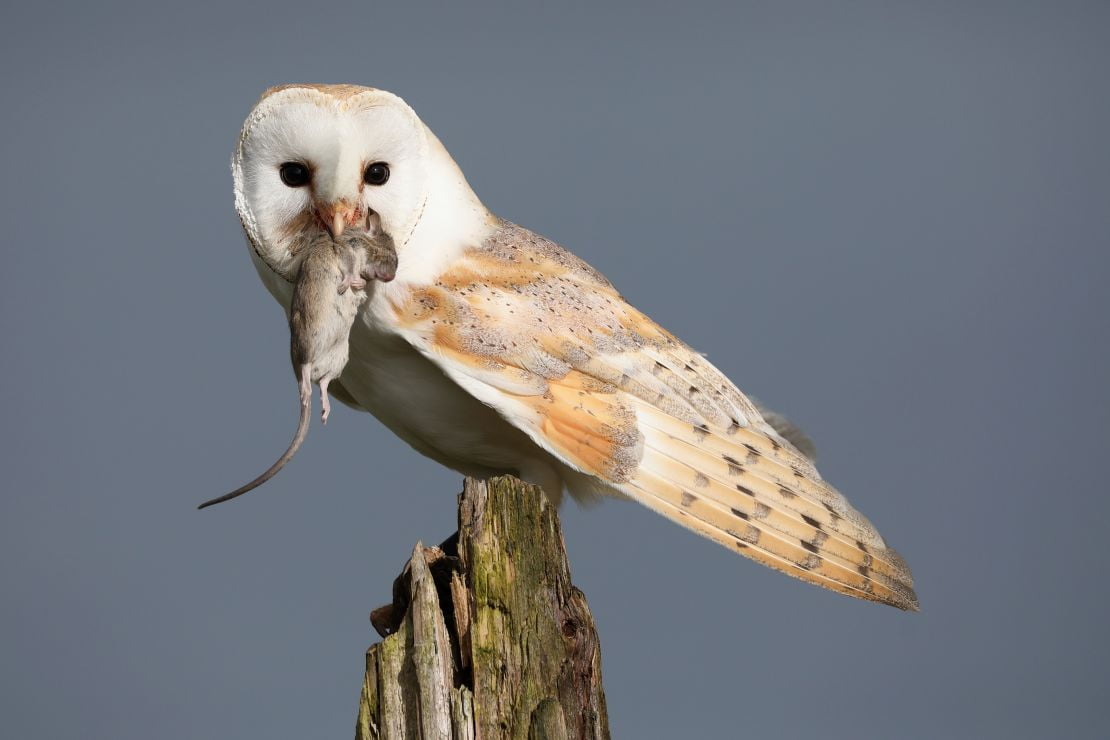
Eating at least four rats a night, and many more during breeding season, an owl can accumulate a significant amount of poison.
They will eventually bleed to death from an injury if the poison doesn’t kill them. “The owl is susceptible to internal bleeding from even minor wounds. It’s a really terrible death, according to Wiedenfeld.
Although the EPA has prohibited their usage in goods marketed to individual households, businesses such as restaurants and farms are still permitted to use them.
5. Use glass or decals safe for birds.
Birds colliding with buildings, as Flaco did, is a very typical occurrence. The sky and clouds are reflected in the windows of our houses and workplaces, giving the impression that we are traveling safely. One of the main reasons birds die is collisions. Each year, an estimated one billion birds pass away in this manner.
Using decals on your windows at home is one approach to combat this.
The majority are translucent, and the UV reflection that keeps them at bay is only visible to birds. The American Bird Conservancy and other birding organizations are collaborating with state and local governments and developers to construct structures that are bird-safe from the beginning. The New York State Senate actually renamed the Bird Safe Buildings Act the FLACO (or “Feathered Lives Also Count”) Act as a result of Flaco’s passing. If passed, it will mandate the use of bird-friendly design in all new state buildings as well as those that have undergone significant renovations.
6. Volunteer to protect animals or work as a citizen scientist.
Wildlife rescue centers are always looking for volunteers to help with the care of tens of thousands of injured and orphaned animals every year. Many owls have been injured in building collisions, poisoned, struck by cars, or entangled in barbed wire and fish netting.
It becomes difficult to release them back into the wild after they lose the ability to utilize a wing or vision in one eye. A few wounded owls go on to serve as ambassadors, educating schoolchildren about the glories of nature.
Additionally, you can report hurt owls to local wildlife rehabilitators by visiting https://ahnow.org/.
Obtain a pair of binoculars and engage in citizen science. By conducting a census, you can take part in the counting of birds. Every year in February, there is the Great Backyard Bird Count, and in December, there is the Christmas Bird Count You.
These figures are used by scientists to assess the health of bird populations on an annual basis.
7. Make a Bird Charities donation
Every day, conservation and birdwatching organizations strive to protect more wildlife habitat and conserve bird species.
Conclusion
The journey into owl conservation and birdwatching emphasizes the significance of protecting wildlife habitats and conserving bird species. Let’s join hands in preserving nature’s wonders and creating a sustainable future for generations to come.
Connect with us for the Latest, Current, and Breaking News news updates and videos from thefoxdaily.com. The most recent news in the United States, around the world , in business, opinion, technology, politics, and sports, follow Thefoxdaily on X, Facebook, and Instagram .
